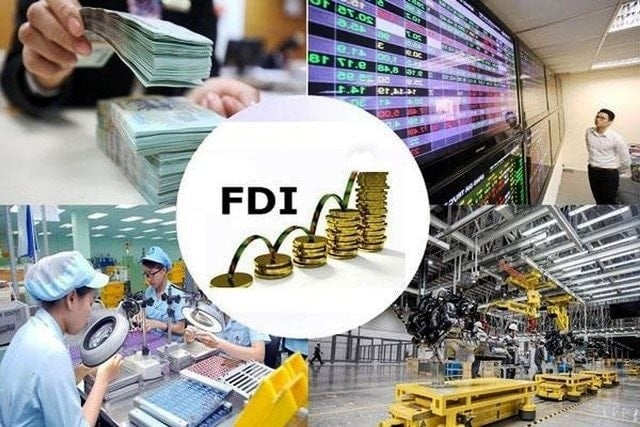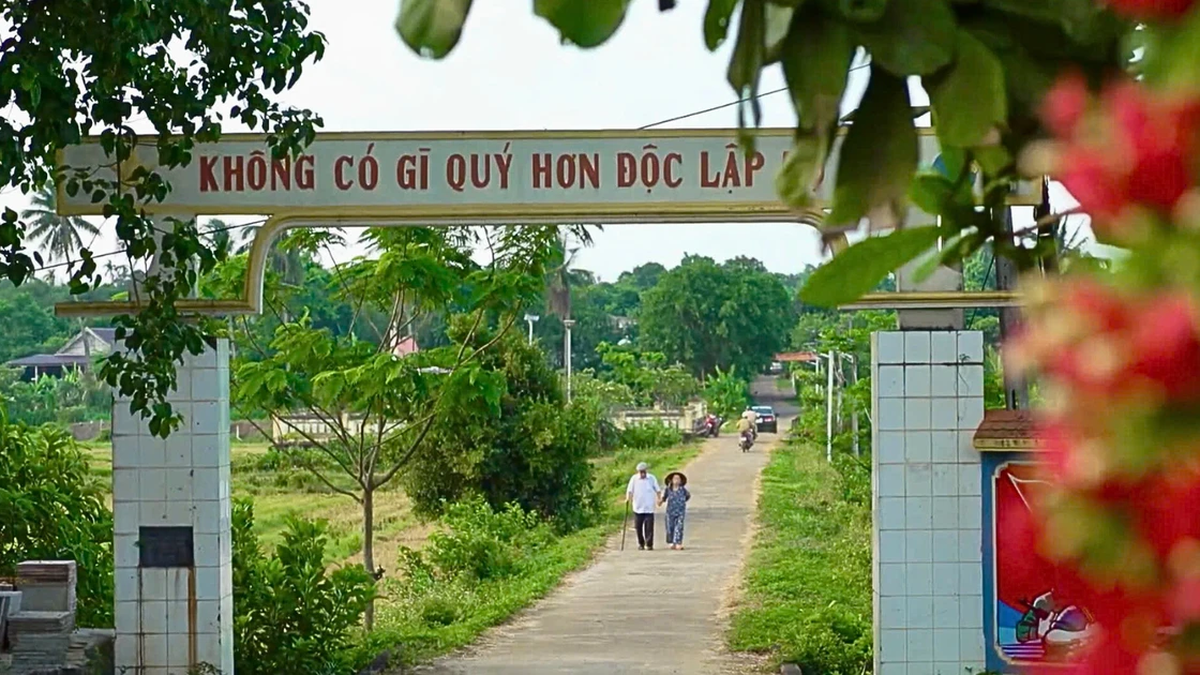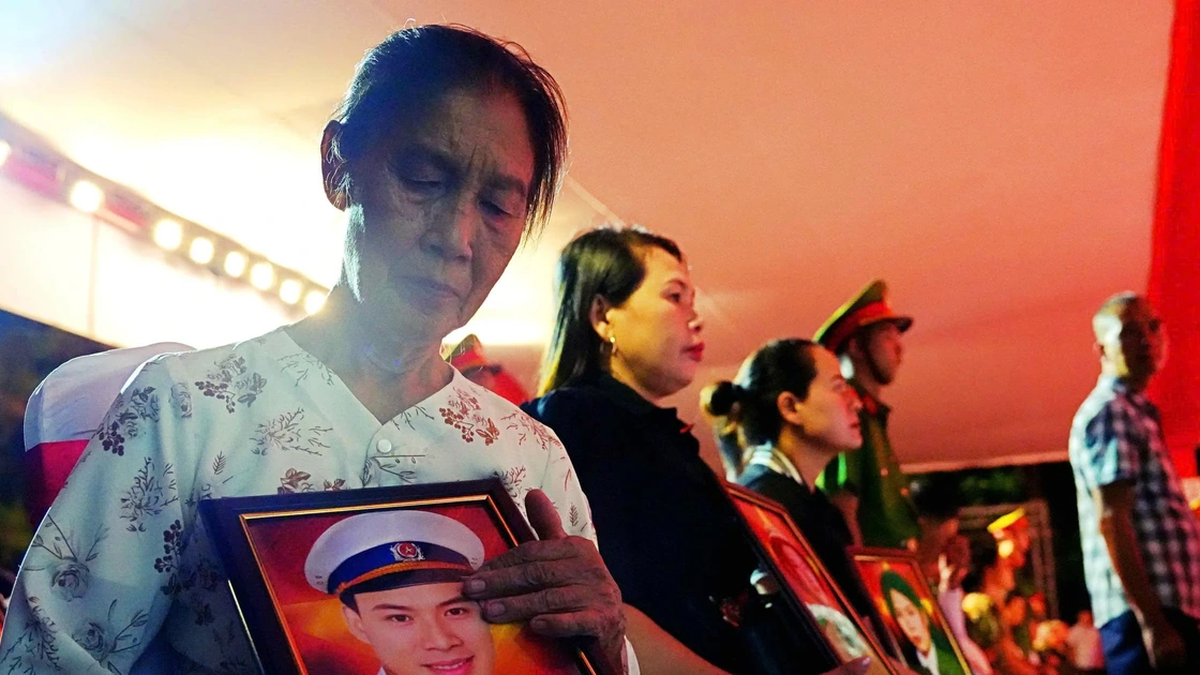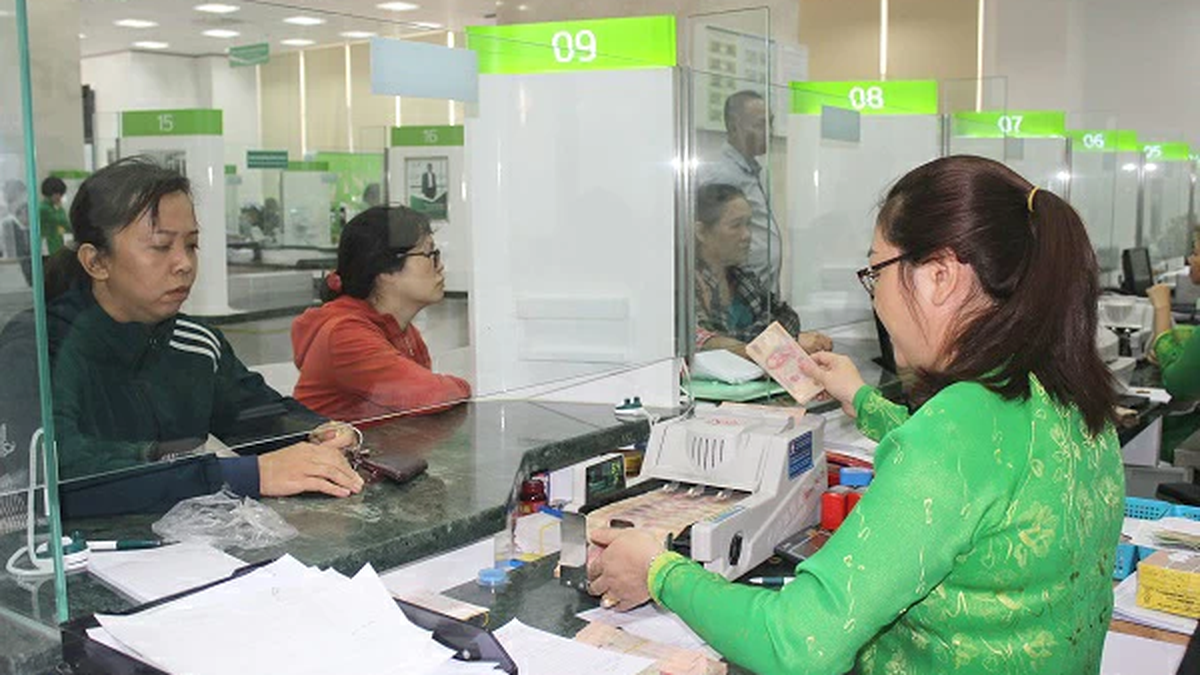Global investment flows, including those into Vietnam, are expected to become more evident after August 1, 2025, when the US tariff policy is officially enacted.
Waiting for tax finalization, FDI capital "holds its breath"
There are only a few days left until the Trump administration officially imposes reciprocal tariffs on imported goods. According to US Secretary of Commerce Howard Lutnick speaking on CBS News on July 20, this is a “hard deadline” that will not be extended.
As that time approaches, the question is whether the new US tariff policy will slow down foreign direct investment (FDI) flows into Vietnam?
Speaking at the event “Connecting Vietnam Industry” organized by IPA Vietnam, Mr. Nguyen Dinh Nam, Chairman of the Board of Directors and General Director of IPA Vietnam, cited the figure of nearly 9.3 billion USD of newly registered FDI capital in the first 6 months of the year, down 9.6% compared to the same period last year, as a clear sign of the slowdown.
“Capital is mainly pouring into expanding existing projects. Although the number of new projects is quite large, the investment scale is small, showing that large investors have not really joined the game. We are lacking eagles, while we only see sparrows and sparrows flying in first,” Mr. Nam commented.
He said that many investors are still hesitant because the US tax policies are not clear, while the trend of shifting investment to the “China +1” model is also potentially volatile. “With the characteristic of long-term investment, investors tend to wait until the policy picture becomes more transparent,” he said.
Sharing the same view, Mr. Bok Dug Gyou, Head of Korea Desk at the Trade Promotion Agency and Deputy Director of KOTRA Hanoi , also pointed out the recent slowdown in Korean capital flows into Vietnam. According to him, the cause partly comes from the US tariff policy.
“Korean businesses are still closely monitoring the tax discussions between the parties and waiting for early August, when it is expected to have a clear conclusion. Not only Korea, all countries are waiting for this,” he said.
In the report on investment attraction in the first 6 months of 2025, the Foreign Investment Agency ( Ministry of Finance ) emphasized that investor confidence in Vietnam is increasing, but also acknowledged that "some geopolitical and policy risks still exist".
The Department also warned that, although the US-China trade tensions have shown signs of easing, the US's reciprocal tax policies could still create a cautious sentiment among international investors. This is one of the factors that could slow down FDI disbursement, especially for large-scale and long-term projects.

Overcome challenges to break through
Although the new US tariff policy is creating a lot of pressure on the global economy , Mr. Nguyen Dinh Nam still maintains an optimistic view. He believes that while many countries are facing difficulties, if Vietnam makes good use of dialogue channels and negotiates effectively with the US, it can completely turn challenges into opportunities, especially in attracting high-quality foreign investment flows.
“In the next 6 months, the FDI disbursement rate may not really break through, but by 2026, the outlook will be much more positive. The government is making great efforts to promote investment and when the new administrative apparatus is stable, the efficiency of capital attraction will be significantly improved,” said Mr. Nam. He also emphasized the optimistic signal when both Vietnam and the US are proactively promoting the trend of shifting supply chains to Vietnam.
A report from VinaCapital in early July 2025 also reinforced this view. Accordingly, if the US tax rate on Vietnamese goods does not differ by more than 10% compared to other countries, Vietnam will still be able to maintain its advantage in the race to attract FDI.
Foreign investment flows are expected to increase more strongly when the administrative unit arrangement process is completed and effective. According to the Foreign Investment Agency, the implementation of the two-tier local government model is not only to meet the requirements of socio-economic development, but also to be a “lever of trust” for investors. This will be a catalyst to promote strong administrative reform and create a more transparent and favorable investment environment.
In addition, Mr. Bok Dug Gyou, representative of the Korean side, recommended that Vietnam continue to promote reforms of the investment and business environment, have policies to attract small and medium-sized investors, and at the same time develop a supporting industrial ecosystem, coupled with a strategy to train highly skilled technical human resources.
“To tap into the global value chain, it is necessary to map the supply chain specifically to identify weaknesses and fill gaps,” Mr. Bok Dug Gyou emphasized. He also said that many Korean investors still have difficulty accessing quality technical human resources and domestic supply chains in Vietnam.
According to Mr. Nguyen Dinh Nam, making the localization rate transparent, strictly controlling input materials, diversifying import sources and building a supply chain for the supporting industry are strategic steps that not only help increase the autonomy of domestic production, but also act as a "shield" for Vietnam to minimize the impact of unstable US tariff policies in the future.
Source: https://baolamdong.vn/von-ngoai-cho-thao-nut-that-thue-quan-de-giai-ngan-manh-me-383421.html



































































































Comment (0)